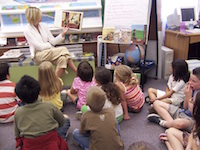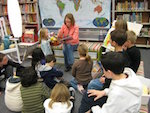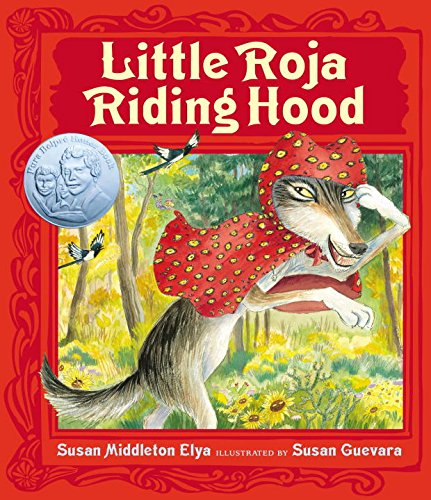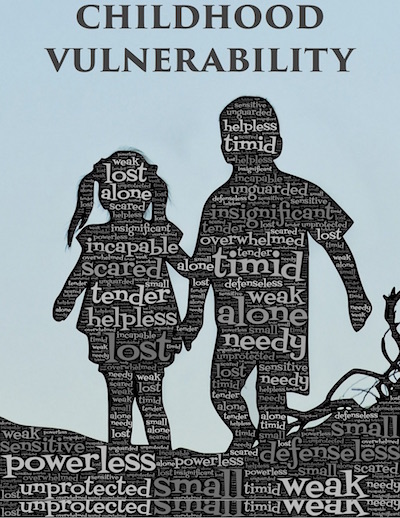by Megan McCaffrey, Katy E. Hisrich, Governors State University
 For the previous five months, we gathered data from Early Childhood and Elementary Teachers regarding characteristics and practices of read-alouds in their classrooms. Using the data from our survey and other research, we will focus on a key aspect of read-alouds in each weekly blog, sharing guidelines for best practices and providing applications through examples, as well as offering a variety of resources. This month we will cover:
For the previous five months, we gathered data from Early Childhood and Elementary Teachers regarding characteristics and practices of read-alouds in their classrooms. Using the data from our survey and other research, we will focus on a key aspect of read-alouds in each weekly blog, sharing guidelines for best practices and providing applications through examples, as well as offering a variety of resources. This month we will cover:
Week 1: Benefits and Importance of Read-Alouds
Week 2: Characteristics of Read-Alouds
Week 3: Books for Read-Alouds
Week 4: Planning & Instruction for Read-Alouds
Week 5: Extending Read-Alouds Continue reading →
 Good Read Alouds do not just happen by chance, they are created through conscientious planning. Research shows there are specific qualities of a read aloud necessary in order to optimize the effectiveness of the activity. Continue reading
Good Read Alouds do not just happen by chance, they are created through conscientious planning. Research shows there are specific qualities of a read aloud necessary in order to optimize the effectiveness of the activity. Continue reading 









